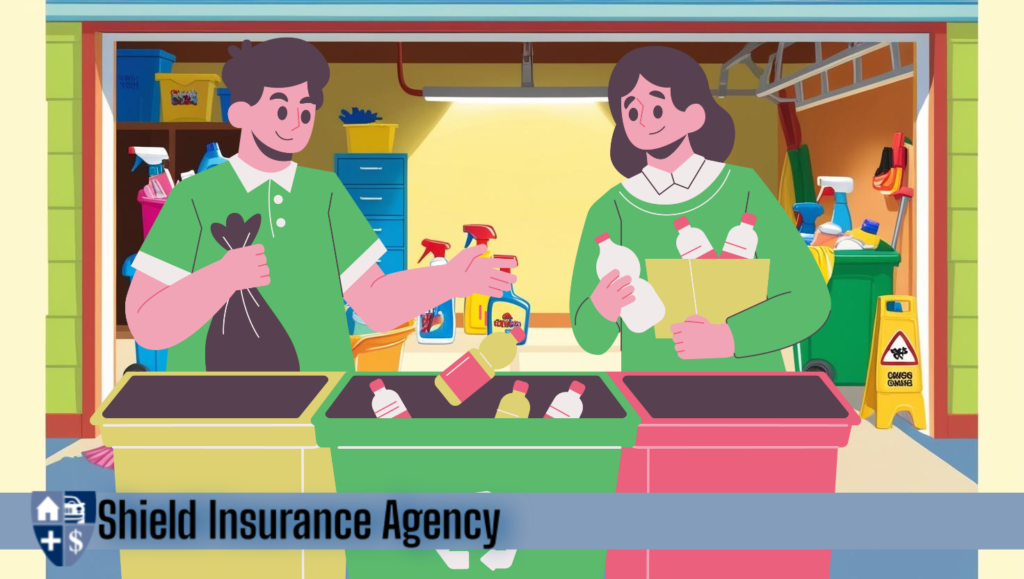Our decluttering tips will help you figure out what you no longer need
By Kevin Doyle | August 05, 2021 | Consumer Reports | Get rid of Stuff | Home Insurance
Sealed in a plastic bag in the back of Kris Schwartz’s bedroom closet is the student nurse’s uniform that her mother wore 80 years ago, complete with pinafore and removable cuffs. Her mother’s nursing cape hangs in a downstairs closet, and a journal her mother-in-law kept is safely stashed in the desk drawer of a home office. These relics are just a metaphorical speck in the “tsunami of stuff” Schwartz says she and her husband have accumulated in their Maine home over the decades.
“I have loads of books, mementos, baby clothes, and letters from people I’ve forgotten about stuffed in my closets and my cellar,” Schwartz says. “The garage is so full it’s sometimes hard to get a car into. Most of it serves no purpose or function, but I can’t get rid of it.”
Marie Kondo’s approach to tidying up may have inspired her fans to fold their underwear like origami, but it took a pandemic for many Americans to start to deal with their surfeit of stuff. “A lot of people suddenly needed to find space for two home offices as well as schooling at home,” says Cindy Sullivan, president of the nonprofit Institute for Challenging Disorganization. “The pandemic definitely contributed to a lot of decluttering.” Many secondhand and resale stores, hauling companies, and professional organizers have reported an uptick in business.
Rule 1: Get Ready to Let Go
For Dawn Castagna, a health industry executive in New York, getting started is the hardest part. “Analysis paralysis definitely applies to me,” she admits. “My wife says, ‘We haven’t used it, so it’s going.’ But I’m like, ‘Well, I don’t know. Who would be the right person to give it to? Should we sell it?’ And when I’m not sure about the right way to get rid of something, I just stop.” If you’re facing similar struggles, these three questions can help jump-start the process:
1. Do you really need it? Anything you don’t use or have multiples of can probably go. “Nobody needs 18 spatulas,” Ferrari says.
2. Can you easily replace it? Amanda Scudder, MSW, a professional organizer in Richmond, Va., recommends the $20/20-minute rule: Anything that would cost $20 or less and take 20 minutes or less to acquire again can probably go without creating much regret.
3. If you’re not using it now, will you want it in five or 10 years? “If it’s already in storage, ask yourself why you need to keep it,” says Amy Tokos, president of the National Association of Productivity & Organizing Professionals.
You also want to start small. Instead of tackling the garage, start with clothes. “Once you see how much lighter and more energized you feel after decluttering your wardrobe,” Scudder says, “you can take that energy into tougher categories.”
Ferrari recommends not handling anything you’re considering getting rid of. “It’s better to have a friend or professional organizer hold it up for you,” he says. “Once you touch it, you’re more likely to keep it.”



















































